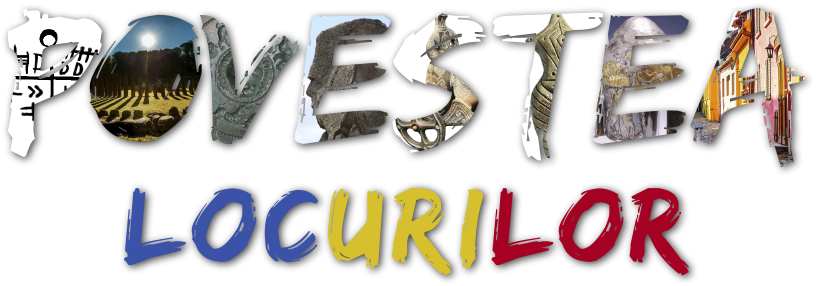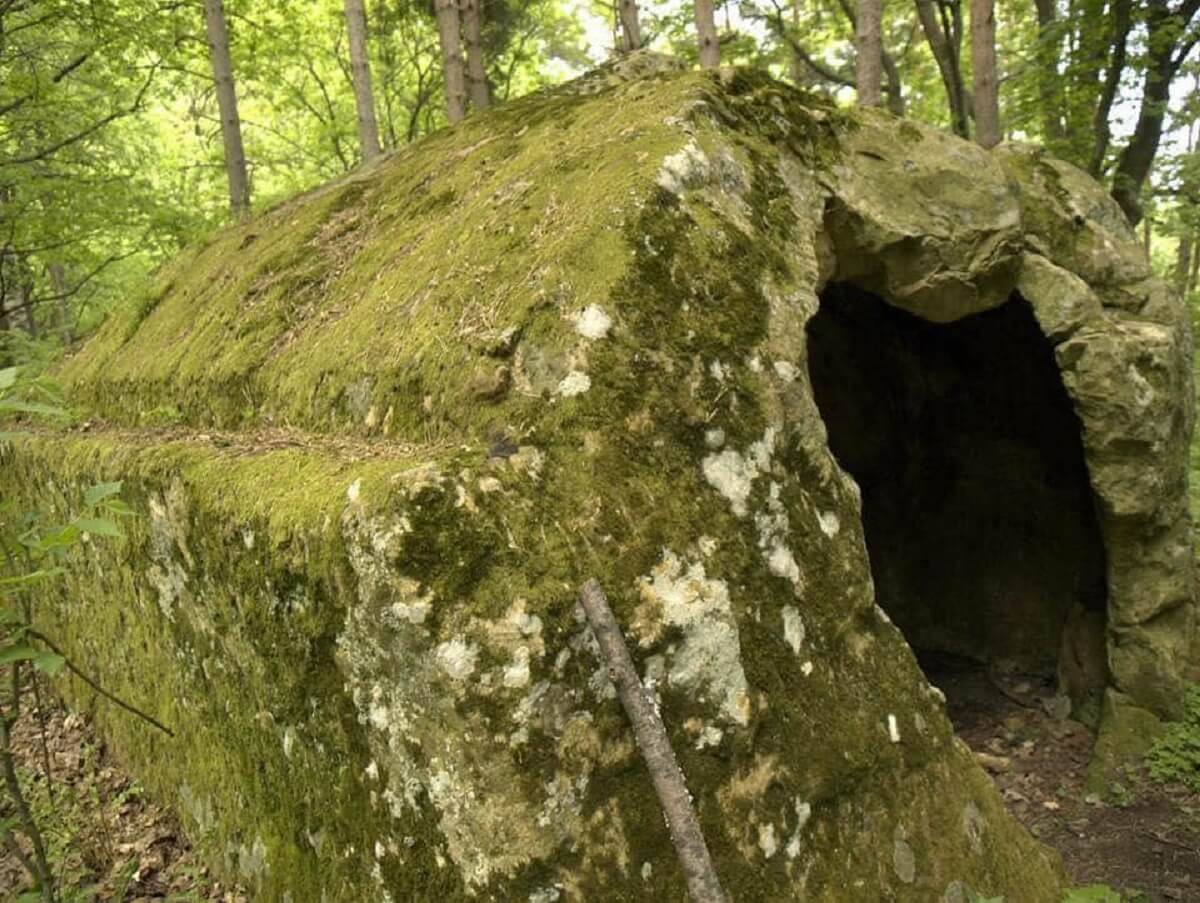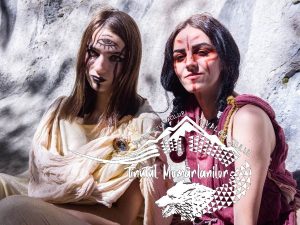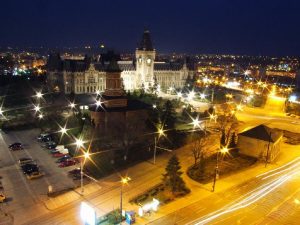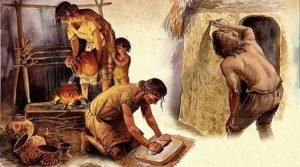The Old TITANS
Strabo, Pythagoras, Jordanes, Homer, Clement of Alexandria, Anacharsis, Origen, Vergil, Gnaeus Naevius & the poet Ovid opinions about the GETÆ 🇷🇴 Hyperboreans.
Remarkable praise towards our ancestors can be found in the work Moral and political laws, published by Antet Publishing House, Bucharest 2010, attributed to Pythagoras (580 – 500 B.C.), where ten references are made for the social and moral values of the GETÆ. In Law 1143, from page 70 onwards, stands written: „Travel to the GETÆ, not to give them laws, but to learn from them. With the GETÆ the fields are boundless, all lands are held in common. And among all peoples they are the wisest” Homer says.
Clement of Alexandria (150-215), in his work The Stromata 1,15 writes of the „barbarians” ideas and facts: „Thus philosophy, that most useful thing which sheds light over the nations, flourished long ago among barbarians. And afterwards came to Greece… L, 15 And it seems to me that it was in consequence of perceiving the boon conferred by the wise men who people themselves honored them, and philosophy was cultivated publicly by the Brahmans, the Odrysians, the GETÆ and the Egyptians. And thus they were deified by the Egyptians, the Chaldeans and the Arabians, being called „happy”, and by those who inhabit Palestine and no less by the Persian people, and countless other peoples besides these… ”
Anacharsis, a Scythian, mentions that many barbarian philosophers had excelled among the Greeks… Moreover, he says that those specifically called by the fabulous name of Idaean Dactyli were the first wise men; to whom are attributed the invention of what are called „The Ephesian letters” and of numbers in music. For which reason music was named after them. And the Idaean Dactyls were Phrygians and barbarians.
The Hyperboreans
And Strabo in Geography X,3,19 leaves proof about this weird kin of Idaean Dactyls which were the discoverers of ironwork: „Thus is the difference of opinion which reigns in these traditions: some state that the Corybants, the Cabeiri, the Idaean Dactyls and the Telchines were the same as the Curetes; others claimed that they are merely related, and distinguishable through small differences; but, roughly speaking and in general, all of them, without exception, were a type of fanatics and bacchants which, in the guise of sacred servants, would strike the spirits during sacred celebrations, partaking of games with noise and uproar, being armed and clanging cymbals, drums and weapons, and also with flutes and outcries.”
He calls the Corybants the sons of Chronus, thus of the Celestial Father „being themselves the same as the Cabeiri” therefore the old titans from around the Carpathians and coming from the hearth of the creation of the world!
I’ll provide further clarification of the wisdom of our ancestors, coming from the Judeo-Christian Origen (185-245) where in the work Against Celsus we find precious information criticizing Celsus bitterly for ascribing our GETÆ ancestors a place of great honor in the tally of history and time: „Celsus has put together the Odrysians, the Samothracians and Eleusinians, as well as the Hyperboreans, considering them among the most ancient and wise of peoples.”
And the wretched Judeo-Christian persists with his dissatisfaction of the GETÆ people by writing about our ancestors something that simply cannot seem to enter the heads of modern Romanians: „the GETÆ on the Danube are an old people and of very high wisdom„, precisely as the profound meanings of the words getu or geţi show us!
The same appreciations, can also be found in Jordanes’ work De origine actibusque Getarum where, at XI, 69 he praises the GETÆ for their native intelligence, thus: „What was auspicious for the GETÆ, what was simple, what was to be desired, was to bring to fruition what their adviser Deceneus had taught them to pursue in all things, judging it to be of use to them. And he, noticing that in their hearts they are ready to listen in everything, and that they possess a natural intelligence, initiated them in almost all philosophy; as he was in this respect a skillful master… Whatkind of joy will it be though, I wonder, to men so brave – with barely a respite between wars – to also drink of philosophical doctrines?”
„Gigantes, Titanis ac terrae filii”
The Latin poet Vergil (70-19 B.C.) in The Aeneid at VI, 580, names the titans as „genus antiquum Terrae, Titania pubes…” therefore the ancient people of the Earth, the young titans, and the understanding of this expression, „titania pubes”, we find in the same writing, at IV, 179 which states: „Gigantes, Titanis ac terrae filii”, therefore these were, after the Roman culture of the 1st century B.C., the sons of Mother Earth, as we can find in the Essene writings or in those of the GETÆ that ended up in Palestine, or the first people after the olden culture which appeared on Earth, because this legend we’ll find even more fleshed-out with the shallow and thieving Greeks, who have Hellenized it so that none could riddle it out. The poet also mentions these bands of divinities at VI, 14-17 and VIII, 416 but also in Georgics IV, 173.
Yet these ideas, about the first bands of deities to have inhabited the Earth, we find expressed even earlier in the work Bellum Punicum by the Roman poet and dramaturgist Gnaeus Naevius (275-201B.C.) who writes thus at 1,7: „Inerant signa expressa, quomodo Titani, Bicorpores Gigantes magnique Atlantics, Runcus atque Purpureus, filii Terras”. And the translation for us is: There were clear markings of the titans, the giants with two bodies (these had, instead of legs, two snake bodies, but before the 4th century B.C. they were shown as fighters), the great Atlanteans. Runcus and even Purpureus are the children of Earth”.
Also with the Latins we find information about the place in which descended from heavens, the bands of deities mentioned by the two Romans, who labored to build the human kin so as to enjoy the early Building of the world as they knew it in those times. In the 9th year A.D., through its cohorts, Rome puts to the sword the Western part of Dio Getia, known as Pannonia after the Roman writings or Pananeo after our own lead plates, the deeds of plunderand woe being greatly honored in the empire’s capital, by order of Octavianus Augustus, by erecting a temple in the Forum in the name of Mars.
The poet Ovid, who had been exiled to Tomis by order of the emperor, and who still hoped to once more see his birthplace, writes in The Fasti VI, 131 the following: „Mighty is the monument, mighty is the statue of the god and worthy of the trophies wrested from the giants” Meaning that the Romans knew, at the beginning of the 1st century A.D., that our ancestral kin was known in those times as the descendant of giants and not of those poor sods arisen from the unholy covenant with Old Scratch or from the loins of fiery Hercules, after some contrivances of the Hellenist deadbeats!
The triumph over the GIANTS, a hyperborean legacy. This data coming from both the Greeks and the Romans, tells us that the land of the titans was around the Carpathians, it being synonymous with the kingdom of the Atlanteans of the titan Atlas. Constantin Olariu ARIMIN
See more about the 🇷🇴
H Y P E R B O R E A N S
🇷🇴 Oamenii de Piatră 🇷🇴
🇬🇧 A Hyperborean Legacy 🇺🇸
| 🇷🇴 reBranding ROMANIA 🇷🇴 CSR project by B2B Strategy ™ |
